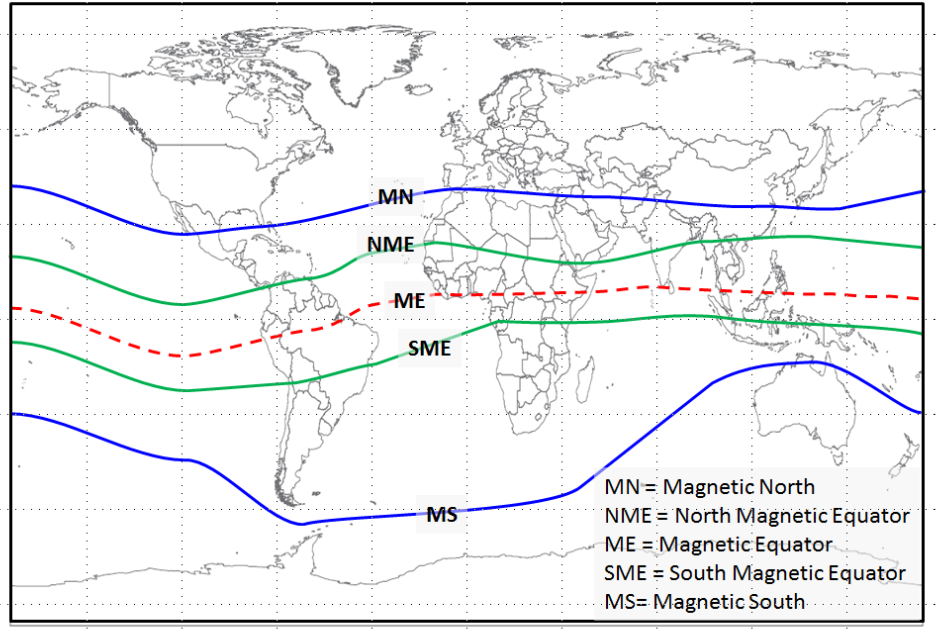Why in news?
With the recent launch of ISRO's 100th satellite, it is imperative to know the strengths and track its progress over the years.
Institution building is a key to great power making
What is the recent launch?
- ISRO recently launched its 100th satellite Cartosat-2, a weather observation satellite.
- The PSLV carried along with this, 30 other satellites from its spaceport of Sriharikota in Andhra Pradesh.
- They include two satellites from India and 28 satellites from six countries - Canada, Finland, France, Korea, the UK and the US.
How has ISRO evolved?
- The Indian National Committee on Space Research was constituted by the Indian government in 1962, with Vikram Sarabhai as its chairman.
- This was mandated to look into the possibility of having a national space programme.
- ISRO started with the launch of Nike-Apache Sounding rockets from Thumba way back in 1963.
- The “leapfrogging” for India came with the famous SITE (Satellite Instructional Television Experiment) launch in 1975.
- This was an experimental satellite communication project to provide educational television programmes on agriculture and farming.
- Jointly developed by ISRO and NASA’s cooperation, it helped both farmers and Indian space scientists to gain technical expertise.
- Thereafter ISRO has made strides with many of its successes and is now a major player in the field of outer space.
What are its strengths?
- Personnel - ISRO has always believed in the “homegrown” talent and has provided them enough chances and platform.
- Most of its engineers and scientists come from departments of basic sciences from India's universities.
- Objective - When Soviets launched the Sputnik-1 in the late 1950s, a cold war of space rivalry began between them and the Americans.
- Being a newly independent nation and facing resource scarcity, India never saw outer space as a battleground for supremacy.
- The primary idea with ISRO was to use space technology for developmental purposes.
- The Indian space programme, since its inception, has primarily been a “civilian” space programme.
- Institution - ISRO, as an institution, started functioning only from August 15, 1969.
- As an institution, it has been a standing proof for the age-old proverb - “institution building is a key to great power making”.
- It started delivering successfully almost every time and even after some failures, ISRO has come out stronger every time.
What were the challenges?
- The National Committee on Space Research was constituted in 1962, the same year when India lost a costly war to China.
- The then condition of India’s finance was not conducive for any space goals and determinations.
- Thus, engineers and scientists in Indian space programme were always under a burden of lot of expectations to prove the purpose.
- There were critics arguing against spending on “elite” things like outer space when millions were toiling hard under poverty.
- However, the resolve of ISRO and political will of the ruling dispensation in the 1960s made India take forward its space dreams.
- ISRO still works within very low budgets, as compared to the huge budgets of NASA and other space programmes.
Source: Financial Express
Quick Fact
Thumba
- Thumba is a suburb of Thiruvananthapuram, the capital of Kerala.
- The Thumba Equatorial Rocket Launching Station (TERLS) is an Indian spaceport operated by the ISRO.
- Thumba is located very close to the magnetic equator of the Earth, making it the ideal location to conduct atmospheric research.
- It is ideal for low-altitude, upper atmosphere and ionosphere studies.
- It is currently used by ISRO for launching sounding rockets/research rocket (an instrument-carrying rocket to take measurements and perform scientific experiments during its sub-orbital flight).
Magnetic Equator
- The magnetic equator is defined as the line around the earth where the magnetic field is horizontal, or parallel to the earth’s surface.
- It does not circle the earth as a smooth line like the geographic equator, but instead it meanders north and south.

